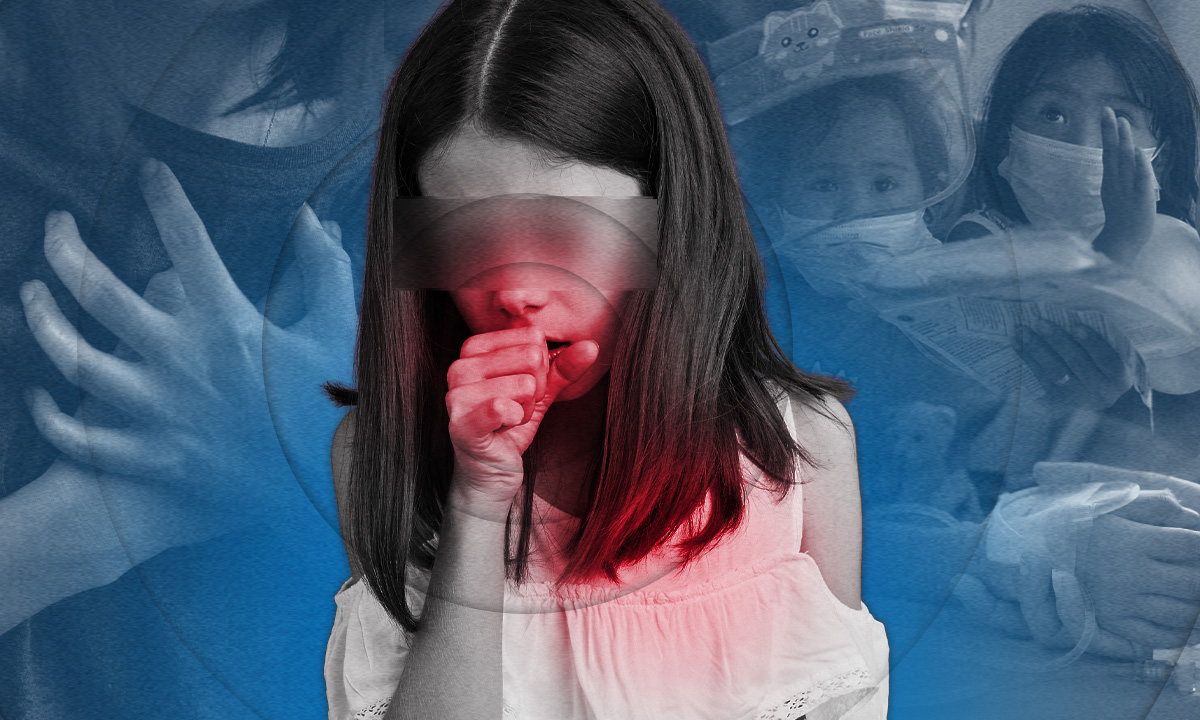Pertussis cases rising in 5 regions — DOH

PERTUSSIS COMPOSITE IMAGE FROM INQUIRER FILE AND STOCK PHOTOS
MANILA, Philippines — The Department of Health (DOH) on Tuesday reported rising cases of pertussis or whooping cough in five regions in the last six weeks.
In a statement, the DOH said that most of the cases reported involved children under five years old, with only four percent affecting adults aged 20 and older.
READ: DOH addressing possible pertussis vaccine shortage by May
“In the past six weeks, the following regions showed a continuous increase in cases: Eastern Visayas, Cagayan Valley, CARAGA, Central Luzon, and Cordillera Autonomous Region. (For purposes of outbreak response, data on the growth rate of cases is more pertinent to the DOH compared to the total number of cases per given area.),” the DOH said.
“Of the total pertussis cases thus far recorded, 77% were less than 5 years old. Adults aged 20 and older account for only around 4% of cases,” it added.
Article continues after this advertisementMeanwhile, the DOH said that 1,112 cases, including 54 deaths, were recorded from January 1 to March 30.
It added that the effects of vaccination will not be immediately observed until after four to six weeks.
“Furthermore, the effects of increasing immunization efforts to stem the outbreak may not be seen in the data until 4-6 weeks after they are started,” it said.
On Monday, DOH Secretary Teodoro Herbosa said that the country may have a shortage of pertussis vaccines by May but added that vaccines are available from the private sector.
“We anticipate a shortage in government pentavalent vaccine supply by May, and this is the gap we are now addressing. We will have another type of vaccine, the DTP – Diphtheria, Tetanus, and Pertussis. Also, there are pentavalent and TDaP vaccines available for purchase in the private sector; there is no physical shortage,” Herbosa said.
Pertussis is caused by the Bordetella pertussis or Bordetella parapertussis bacteria. Some of its symptoms include coughs, colds, and fever.
It can be prevented by vaccination and can be treated with antibiotics.